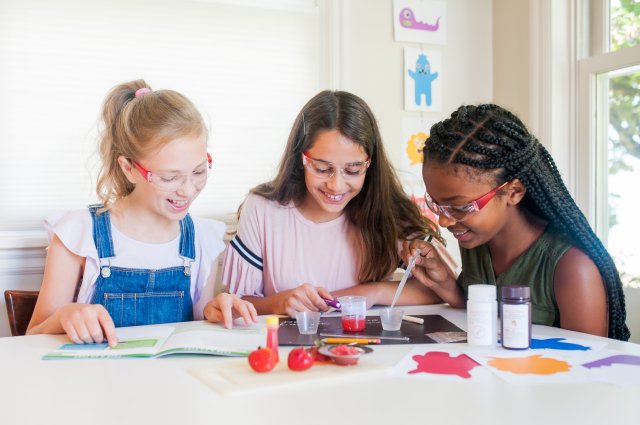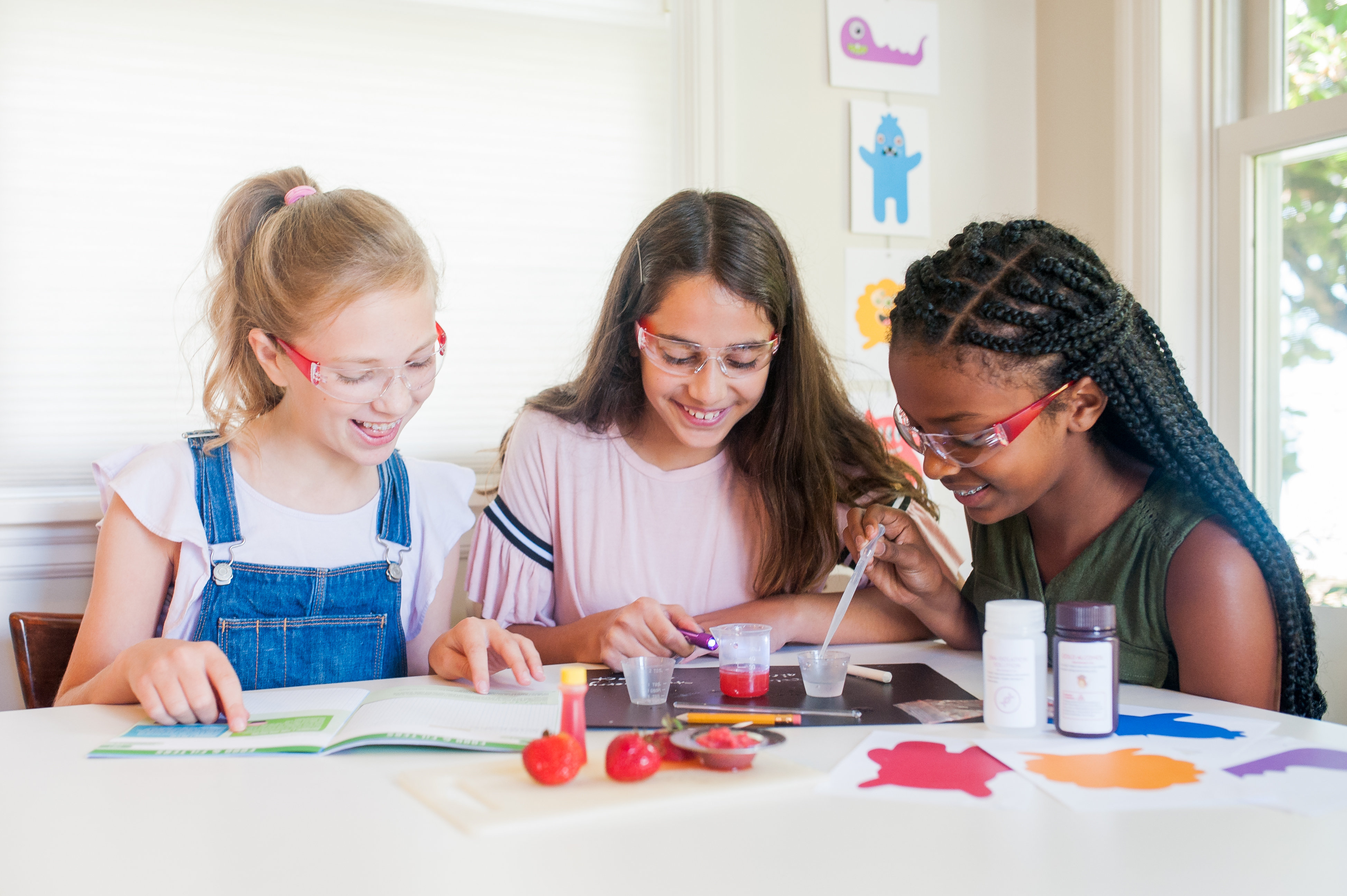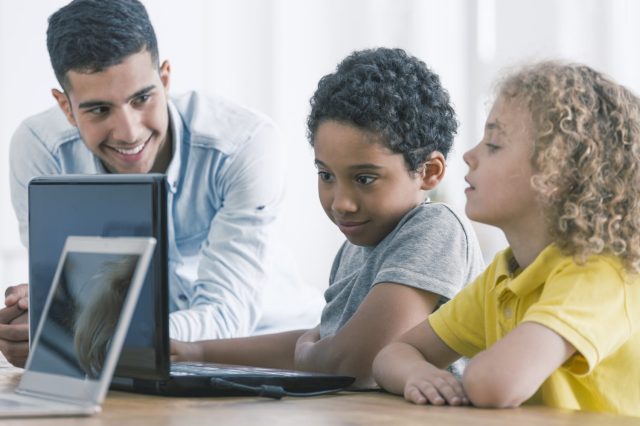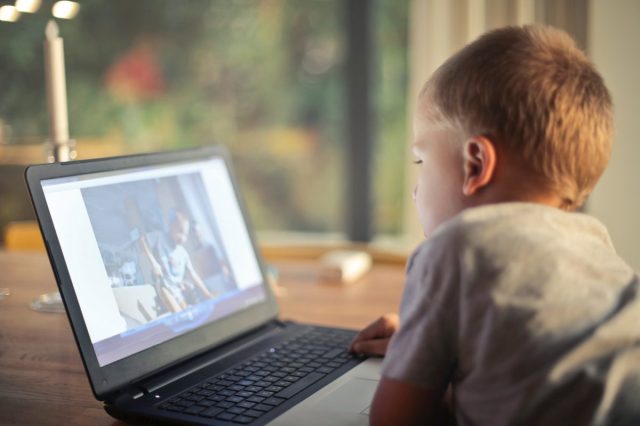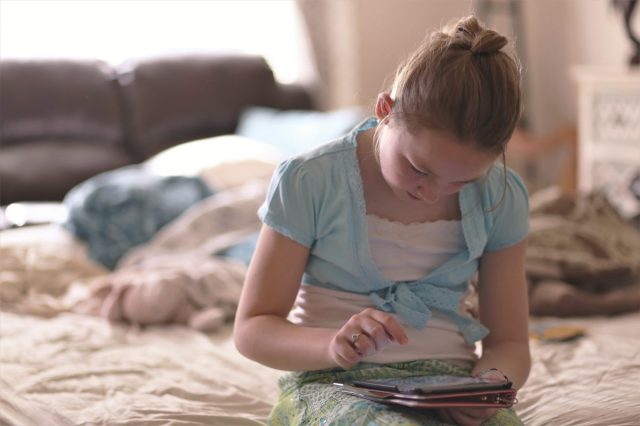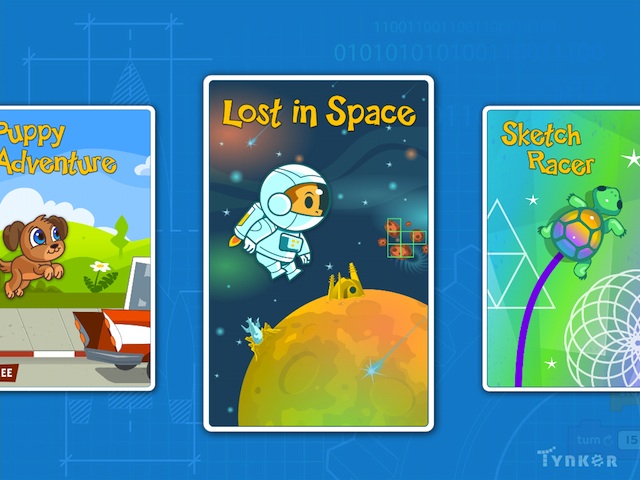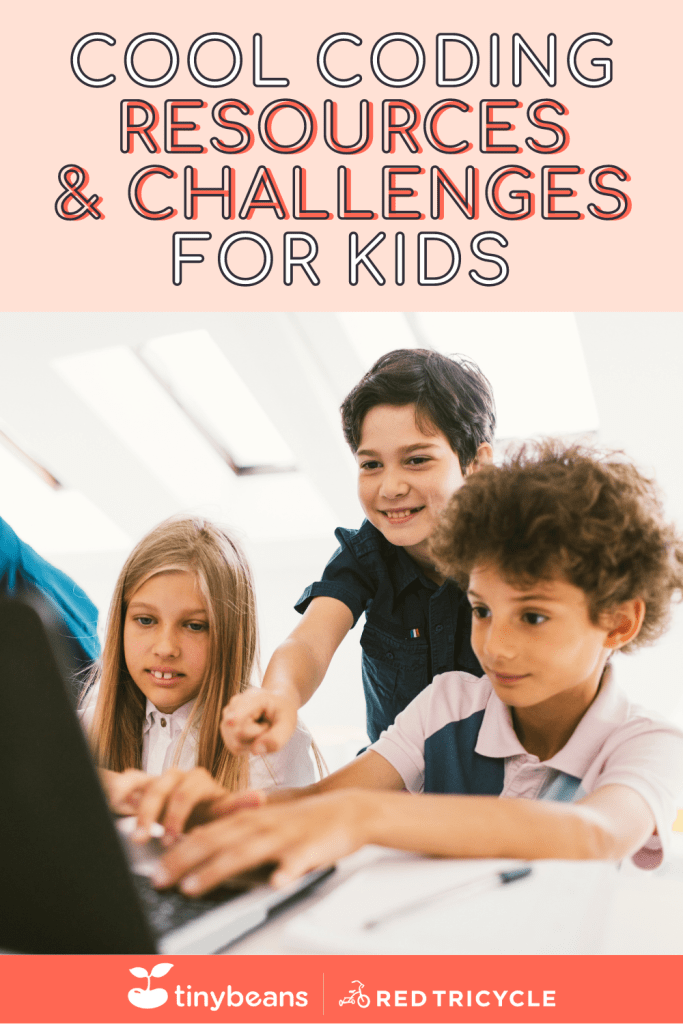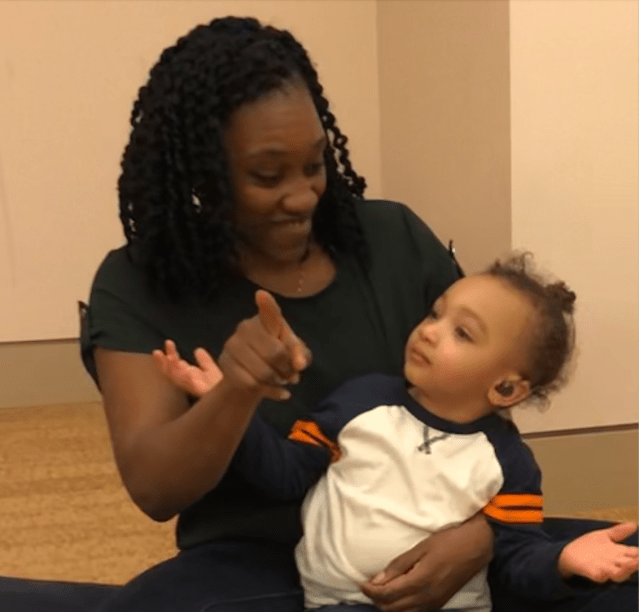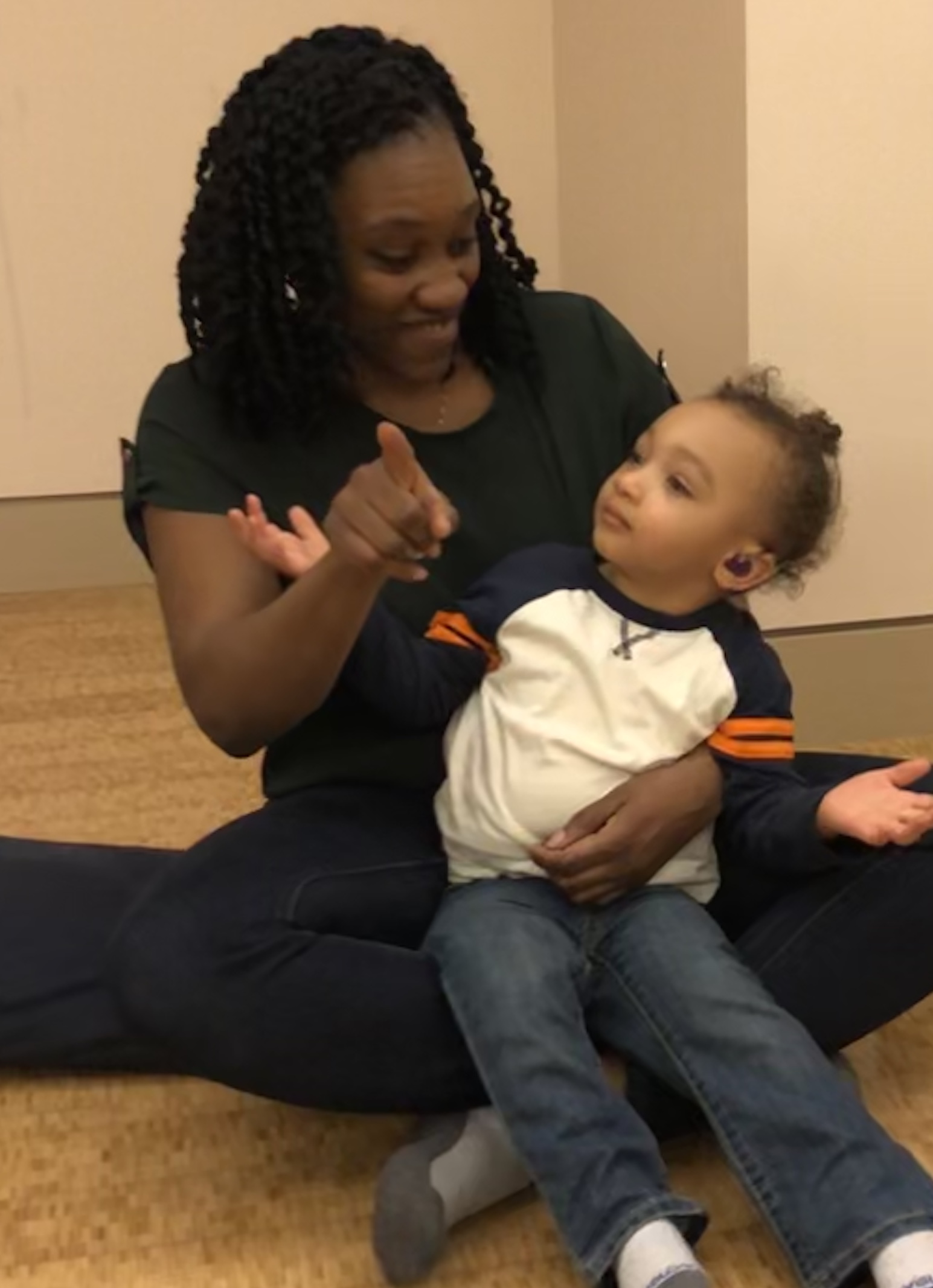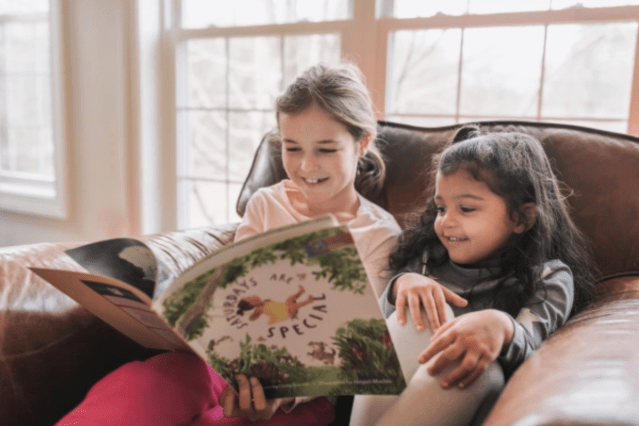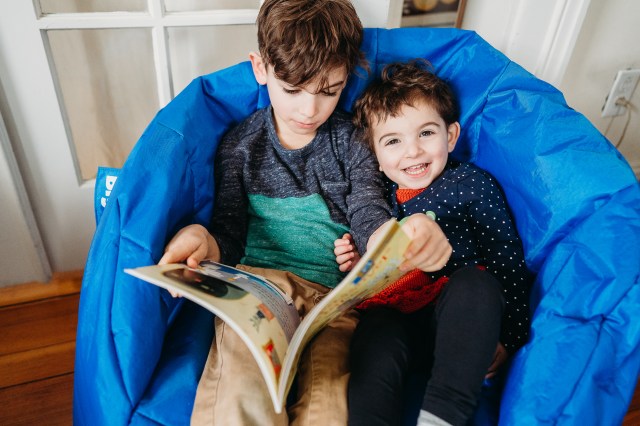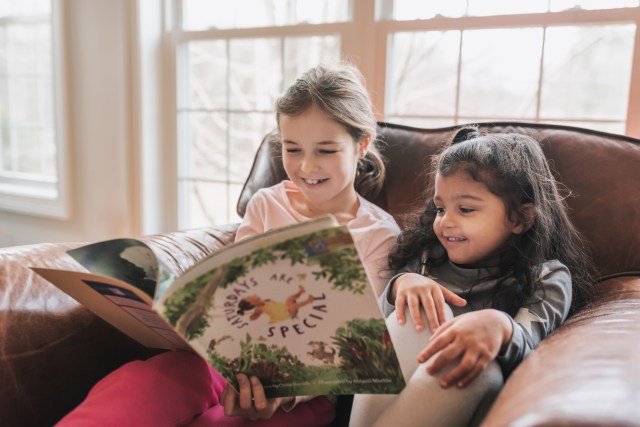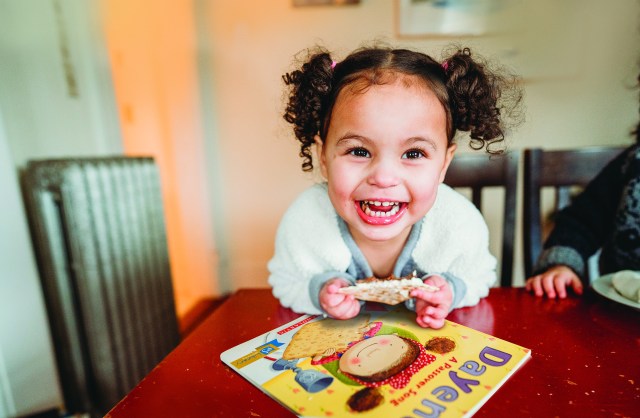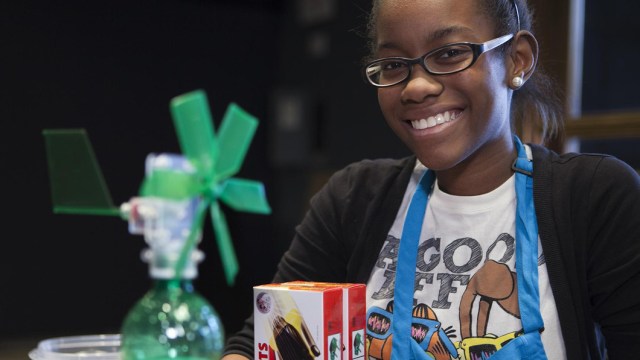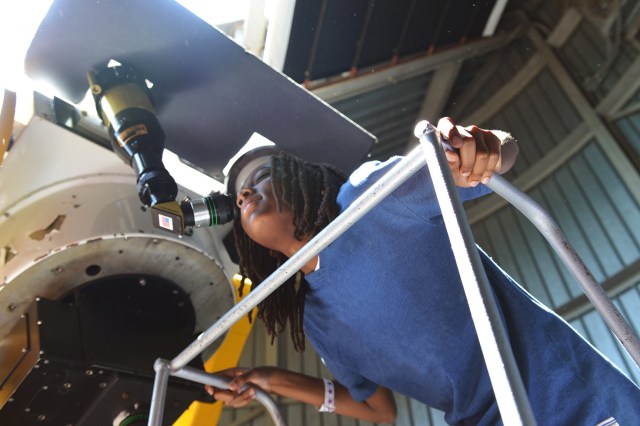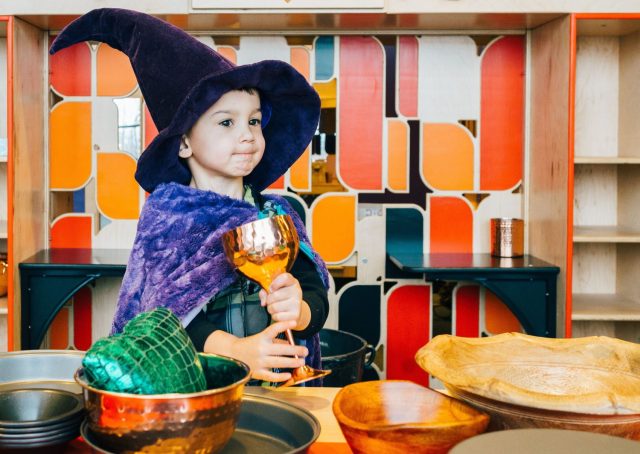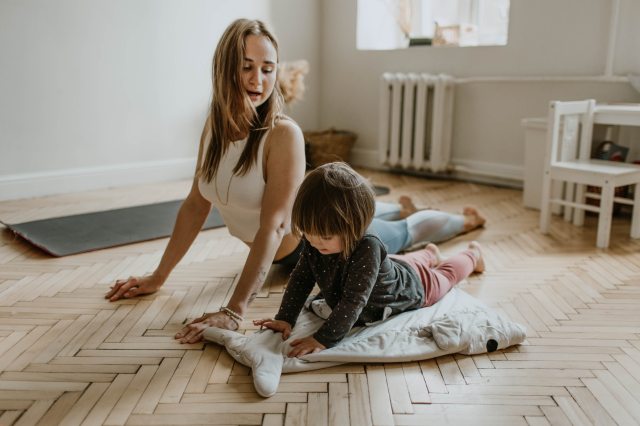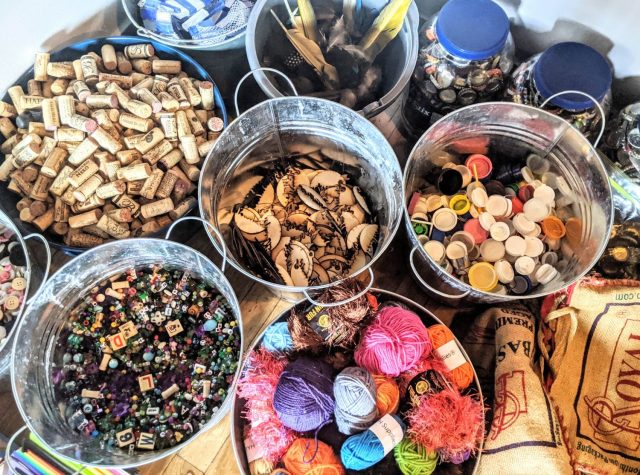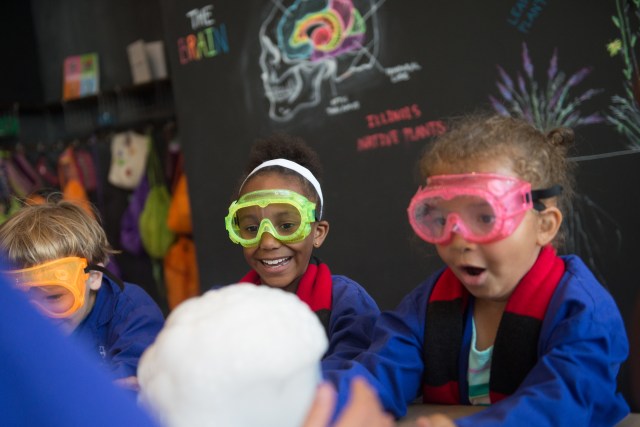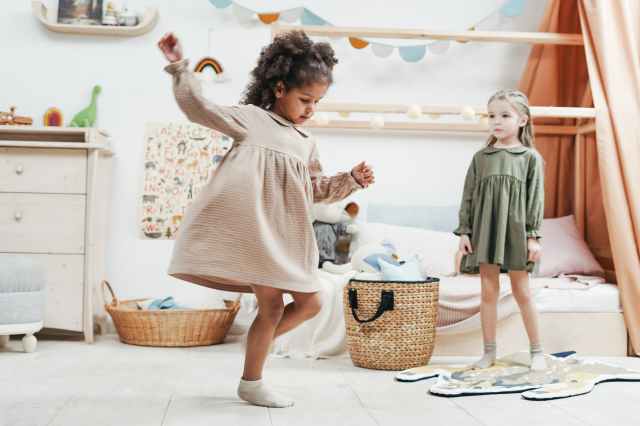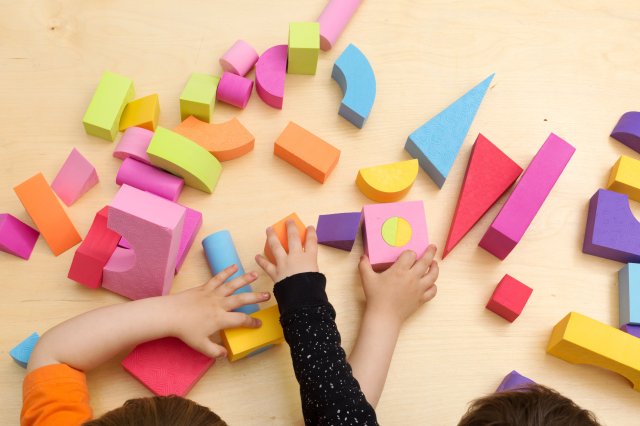We’re breaking down the pregnancy and baby trends that will make waves in 2022. As we enter the second year of the ’20s, a focus on mental, emotional and physical well-being is a dominant force across all industries, especially when it comes to expectant mothers and their babies. From calming childcare facilities and nurseries that spark creativity to low-intensity exercises that are ideal for moms-to-be, read on for the top trends you’ll see popping up in the bump and baby world this year.
Nursery Trends: Bring On the Prints & Patterns
Last year Japandi designs (a mix of Scandinavian and Japanese style) emerged in a big way, and the trend trackers at Etsy saw it coming. This year those same trend experts are using their search data to predict the next of-the-moment design choices. So, what trends will parents see everywhere as they search for nursery design inspiration? Let's start with going green! Bringing nature indoors started catching on in 2021, and it's continuing to gain steam this year. From Etsy's choice of emerald as the major hue for 2022 to Sherwin-Williams, Behr and Benjamin Moore all choosing various shades of green (specifically, Everygreen Fog, Breezeway and October Mist) as their color of the year, don't be surprised if the green paint chips at your local hardware store are out of stock.
By definition, trends don't stick around for long. But they do resurface and, inevitably, the old becomes new again. Vibrant, intricate floral and ancient Indian block prints are suddenly sprouting up everywhere. We love that you can easily incorporate this theme into your nursery with textiles and accessories. Another hard-to-miss trend for 2022 is curved furniture. A reason to add this gorgeous Stokke crib to your cart, perhaps? Lastly, designing a space that sparks creativity is more important than ever. So searches on Etsy for fairy items and mythical creatures are up as parents look to turn their kiddos' spaces into magical realms where they can emphasize make-believe and inspire imagination in their little ones.
Calming Classrooms

Making the transition back to classrooms and childcare facilities as relaxing and positive as possible for little ones is a theme we'll see grow in 2022. As kids reconnect with their community outside of their homes, a focus on calming spaces is at the forefront for educators. Pinterest reported that trending search terms include classrooms with nature, forest and sunshine themes, as well as eucalyptus decor. Think mini mediation lessons and nature walks during recess to round out this, hopefully long-lasting, trend.
The Name Game

Baby-naming trends have enduring effects (as every Jennifer born in the 80s, with three other Jennifers in their classroom, can attest!), and that's why it's so fun to highlight them every year.
So, what do names like Bear, Baby, Ziggy, Buddy, Gigi and Honey have in common? They're playful and fun—and will be highly popular in the year ahead. In addition to wanting more carefree and playful names, new parents are giving a nod to the National Parks they've visited recently by choosing names like Sequoia, Reef, Zephyr or Horizon. Our love of adventure and wanderlust for travel has also skyrocketed lately, causing names like Banyan, Capri, Bali and Dune to move up the popularity list. Get in on the trend with these 50 names inspired by travel and geography. There's something special about choosing a retro name that's equal parts cool and old-fashioned, and 2022 babies will benefit as a trend towards vintage names like Etta, Frank, Polly, Mae and Sally make a comeback.
Parties for Life’s Undercelebrated Moments

In bump and baby land, we're used to seeing parties thrown for big moments like baby showers and first birthdays. However, a welcome trend for 2022 is a shift to celebrating both the obvious milestones and honoring the magical mundane parts of life (parenthood has quite a few of those!). So get ready to throw an "altbash" for life's undercelebrated moments like "just paid off student loans" or "made it through baby's first meltdown" or one of these everyday victories. A reason to celebrate is right around the corner in the new year!
Physical/Mental Health Takes Priority

As we enter the third year of an international health crisis, it's no surprise that two out of three consumers are more conscious than ever of looking after their physical, emotional and spiritual well-being. For expectant moms who are self-caring for two, the trend toward "flexercise" is a perfect option. Searches for daily stretches and walking in nature are up significantly on Pinterest as low-impact exercise and more mellow ways to move your body become important to everyone. From dancing in your bedroom while the baby sleeps to a morning stroller walk out in nature, a shift toward opting for your own low-key exercise routine is mom-approved.
Babymoons were always popular for new moms and will reach new heights in 2022. Travel will become a form of stress management, and there's no better time to do it than before your little one arrives. All-inclusive travel is also making a huge comeback as more and more people want to escape and not think of anything on their to-do list.
Wellness extends to spirituality too, it seems. The question "how to protect your energy" saw searches up by 60%, while searches for "how to raise your vibration" jumped by 145%.
Goth Baby Clothes
Oh my goth! Yes, according to the data gurus at Pinterest, goth is making its way to the mainstream across all ages, including the 0- to 12-month set. Searches for goth baby clothes are up 120%—which means you may be seeing a few more skull and crossbones onesies in the coming year. There are a few adorable and subtle pieces, like this one, that might inspire you to dab your toe into the trend.
—Aimee Della Bitta
featured image: iStock
RELATED STORIES:
Awesome Gifts for Any New or Expecting Mom
The Best Strollers of the Year
Tried & True: Classic Baby Names for Boys & Girls










